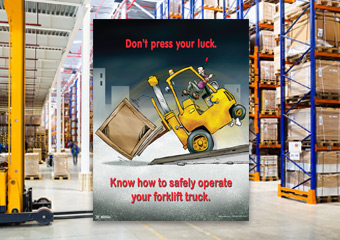Fall Alert
One in four older adults falls each year, and more than three million people are treated in emergency rooms for fall-related injuries. That’s why medical alert systems with fall detection can be a great way to protect seniors with mobility challenges, chronic health conditions or who live alone.
img width="437" src=" ">
">
How it Works
While fall alarms don’t detect all falls, most do a pretty good job of catching hard or sudden movements. For that reason, it’s important to test out the device and see when it triggers a fall by simulating different movement patterns with your loved one.
Most fall detection devices work by sending an alert to the medical alert monitoring center when you’ve fallen. https://maps.app.goo.gl/VPcDyK4AVRc1mJu19 The technology typically uses sensors like accelerometers to measure motion and an algorithm to determine if it’s a real fall or not.
Precision
Unlike non-movement alerts, which only measure movement, automatic fall detection technology measures changes in height orientation and velocity and can tell when someone is standing up or lying down. This allows the system to differentiate between a real fall and an everyday activity such as sitting down in a chair or getting up from bed.
When a fall is detected, AutoAlert waits 30 seconds to give you time to rise or press your help button before it sends a signal to Lifeline’s monitoring center. After that, a Lifeline Response Associate will connect with you to assess the situation and take action to get you back up on your feet or if necessary, into a wheelchair. https://maps.app.goo.gl/MHxvtbUCTkeCeFN28
![[PukiWiki] [PukiWiki]](image/pukiwiki.png)
![[PukiWiki] [PukiWiki]](image/pukiwiki.png)